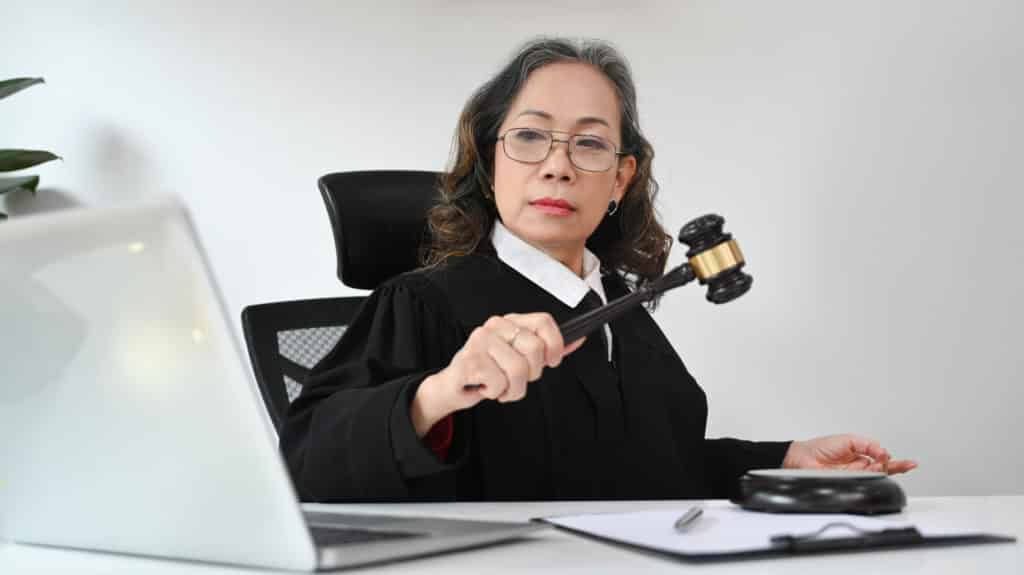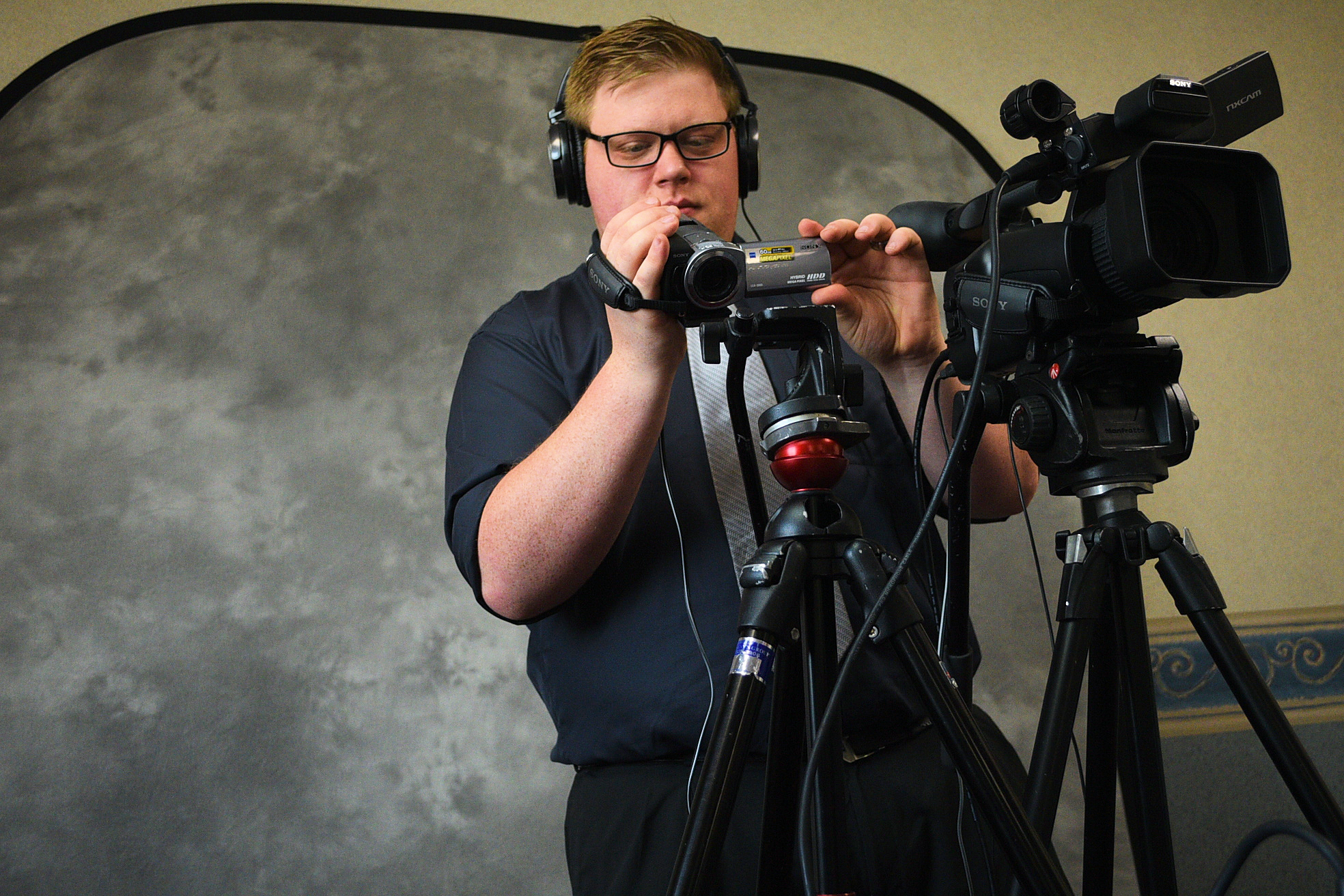Why Legal Videography Is Necessary for Modern Lawsuits Processes
Why Legal Videography Is Necessary for Modern Lawsuits Processes
Blog Article
Comprehending the Importance of Videography in Legal Procedures
The integration of videography right into lawful proceedings has become a significant variable in the presentation and interpretation of evidence. By catching visual components such as body movement and faces, videography boosts the narrative surrounding witness testaments and can greatly affect court perceptions. As the lawful landscape develops, recognizing its ramifications on credibility and clarity ends up being important for lawyers. What finest practices should be taken on to optimize its effectiveness, and how might future innovations improve this crucial facet of the judicial procedure?
Role of Videography forthcoming
Videography plays a progressively essential duty in legal proceedings, acting as an effective tool for providing proof. The combination of video recordings right into the lawful structure permits for a more vibrant representation of realities, enabling jurors and judges to visualize events as they took place. This aesthetic documents can include a series of materials, consisting of monitoring footage, recorded witness statements, and specialist demos, all of which can substantially improve the evidentiary landscape.
One of the key advantages of videography is its capability to capture nuances that may be lost in created accounts. Faces, body movement, and situational context can provide vital insights, helping to convey feelings and intents that text alone can not. The usage of video clip proof promotes a much more interesting court room experience, possibly aiding jurors in comprehending intricate instances.
As modern technology developments, the top quality and access of videographic evidence have improved, making it an indispensable part of contemporary legal practices. Courts increasingly acknowledge the worth of video as a trusted source of details, triggering lawyers to adapt their techniques for evidence discussion. Eventually, videography serves not just to highlight truths however also to enhance the total stability of the judicial procedure.

Enhancing Trustworthiness and Clarity
A significant benefit of including videography in legal proceedings is its ability to boost both trustworthiness and clarity of evidence provided in court. Videographic proof can capture nuances that written papers might overlook, such as tone, body language, and context. This visual representation enables juries and judges to better comprehend the conditions surrounding the case, consequently cultivating an extra exact understanding of the occasions concerned.

Furthermore, the clarity paid for by videography decreases the likelihood of misconception that can develop from textual summaries. This precision is specifically important in complicated cases, where information can be conveniently misconstrued. Inevitably, by presenting evidence in an aesthetically accessible style, videography not only strengthens the integrity of the judicial process but also sustains informed decision-making by those involved in legal procedures.
Influence On Court Perception
The incorporation of videographic evidence considerably influences jury perception, usually causing extra involved and notified deliberations. Jurors are normally extra receptive to visual information, which can enhance their understanding of complex cases. Videography provides facts in a fashion that is both engaging and available, enabling jurors to connect with the evidence on an extra personal level.
In addition, the capability to witness occasions as they took place can stimulate emotional actions that composed records or verbal testimonies might stop working to generate. This psychological involvement can lead jurors to develop stronger point of views pertaining to the credibility of witnesses and the total narrative of the case. The graph of evidence additionally assists in clearing up uncertainties, making it less complicated for jurors to comprehend the context and relevance of the details offered.
Additionally, videography can work as an effective tool for narration, enabling attorneys to construct a convincing narrative that reverberates with the court. When jurors can envision circumstances and witness vital minutes, their ability to deliberate thoughtfully and get to an educated verdict is dramatically enhanced, inevitably influencing the outcome of legal process.
Finest Practices for Legal Videography
Implementing ideal techniques in legal Going Here videography is important for making certain that visual evidence is both effective and reputable in the court room. Initially, pick professional experts that focus on legal videography to ensure the technological top quality of the recordings. This consists of using high-resolution cameras and expert sound tools to capture clear visuals and sound.
Second, maintain correct documents throughout the recording process. This involves creating a detailed log that consists of timestamps, descriptions of the web content, and the identities of all people existing. Such documentation can bolster the visit here authenticity of the video.

In addition, take into consideration using proper editing and enhancing techniques. While it is vital to maintain the original material, small changes for clarity-- such as improving audio levels-- can improve the general discussion without altering the compound.
Future Trends in Legal Videography
As lawful videography continues to advance, emerging techniques and technologies are shaping the future landscape of aesthetic proof in the courtroom (Legal Videography). One substantial pattern is the combination of high-def and 4K video top quality, boosting the clearness and detail of recorded testaments and proof. This better resolution aids jurors in comprehensively examining the reputation of witnesses and the subtleties of the here and now products
Furthermore, using man-made knowledge (AI) in video evaluation is getting grip. AI devices can other aid in identifying vital minutes in footage, producing transcripts, and also assessing non-verbal communication, which provides much deeper insights into witness integrity. Moreover, virtual truth (VIRTUAL REALITY) and increased reality (AR) are positioned to revolutionize how proof is offered, enabling jurors to submerse themselves in criminal offense scenes or situations, therefore cultivating an extra extensive understanding of the context.
Verdict
In recap, videography functions as a vital tool in lawful process, improving the presentation of evidence and improving the total understanding of situations. By capturing non-verbal hints and boosting the credibility of witness accounts, videography substantially affects court assumption and decision-making processes - Legal Videography. Adhering to finest methods makes sure the performance of lawful videography, while emerging fads guarantee to further boost its function in the judicial system, eventually fostering a much more enlightened and engaged legal environment
Videography plays an increasingly crucial role in legal procedures, offering as a powerful tool for offering proof.A considerable advantage of incorporating videography in lawful procedures is its capability to enhance both integrity and quality of proof presented in court. Ultimately, by providing evidence in an aesthetically available layout, videography not only strengthens the integrity of the judicial procedure however additionally supports educated decision-making by those entailed in lawful procedures.
In recap, videography serves as a vital tool in lawful procedures, improving the presentation of proof and enhancing the general understanding of instances. Legal Videography. Adhering to best practices guarantees the performance of legal videography, while arising patterns promise to further augment its role in the judicial system, inevitably fostering an extra educated and involved lawful setting
Report this page